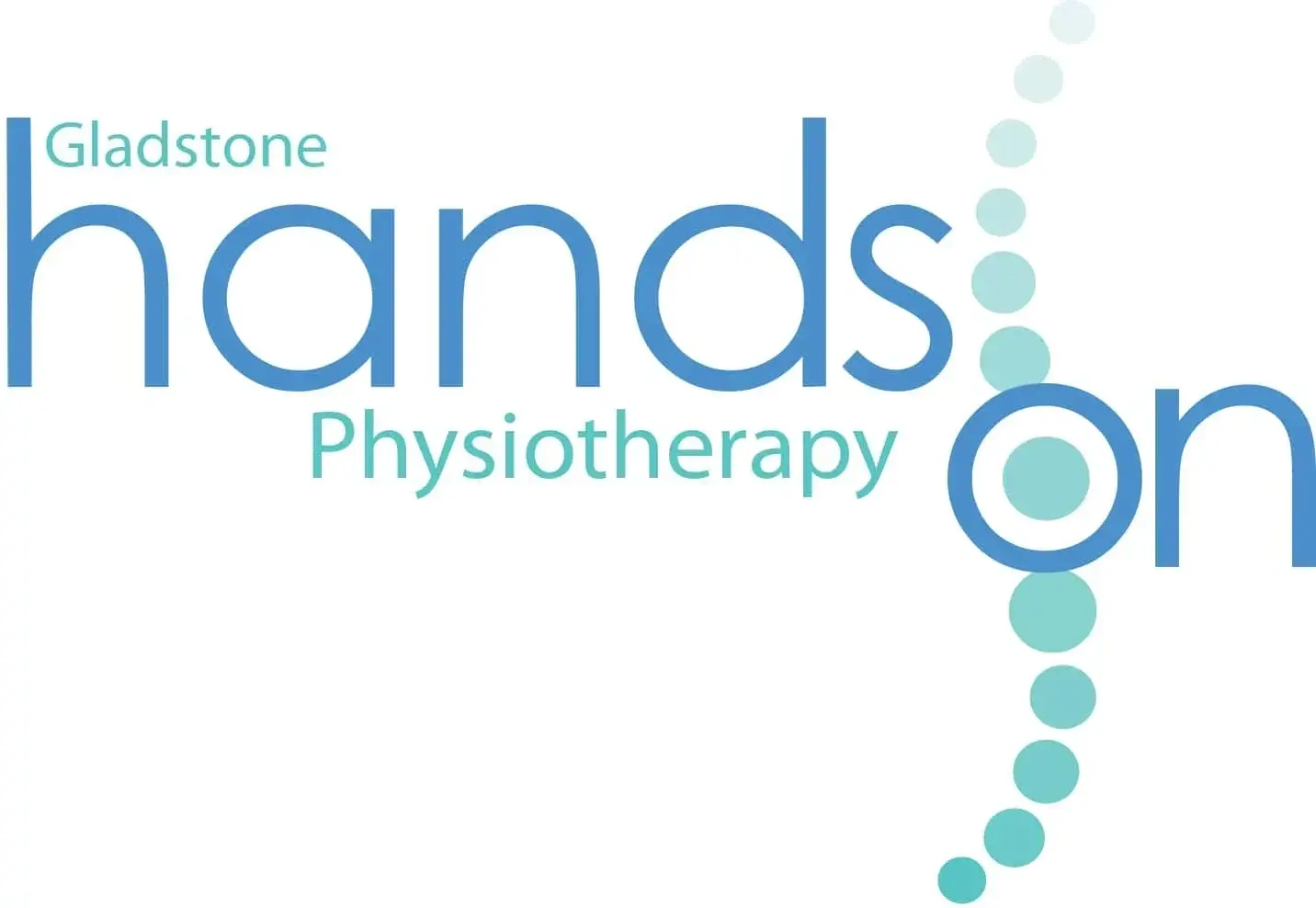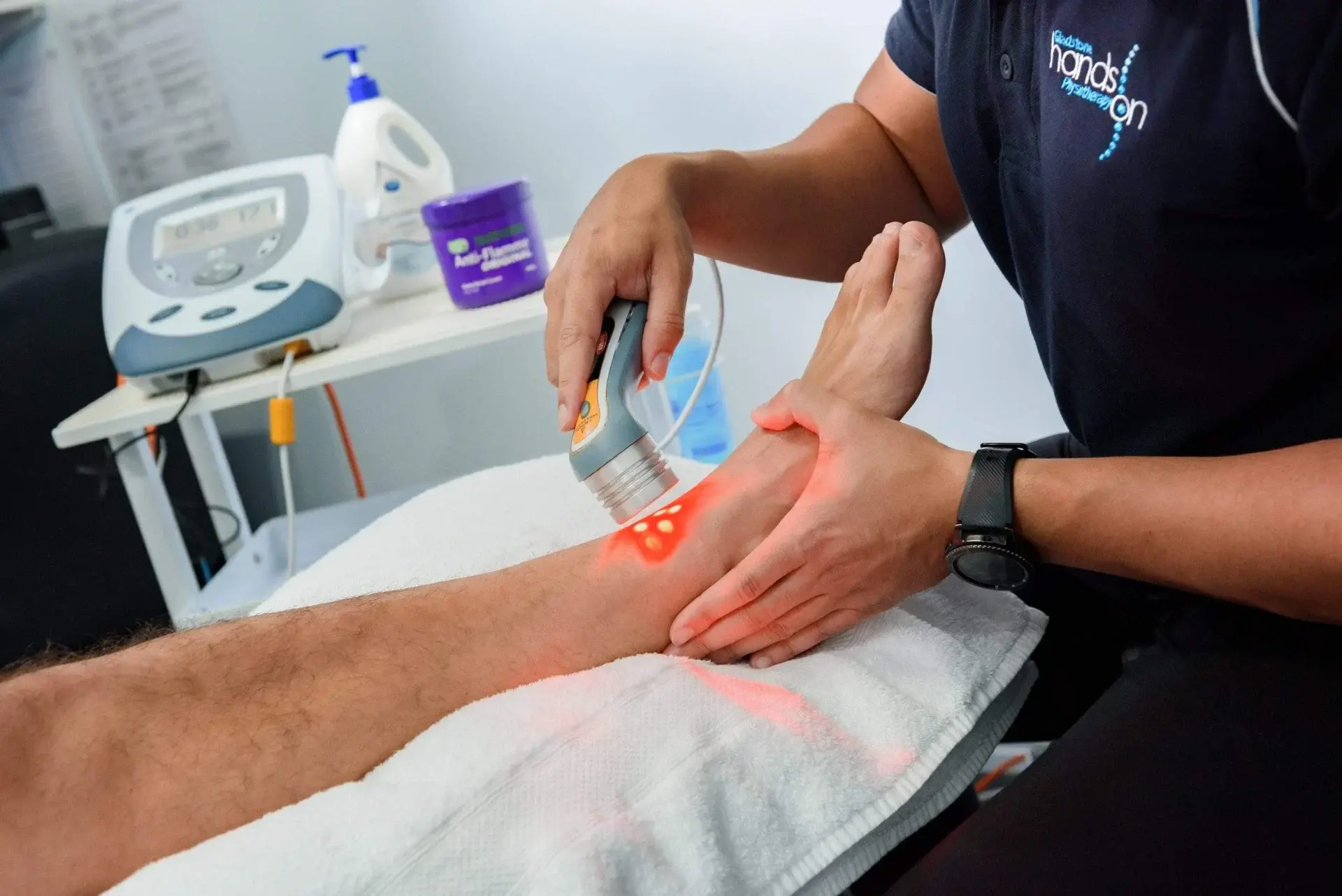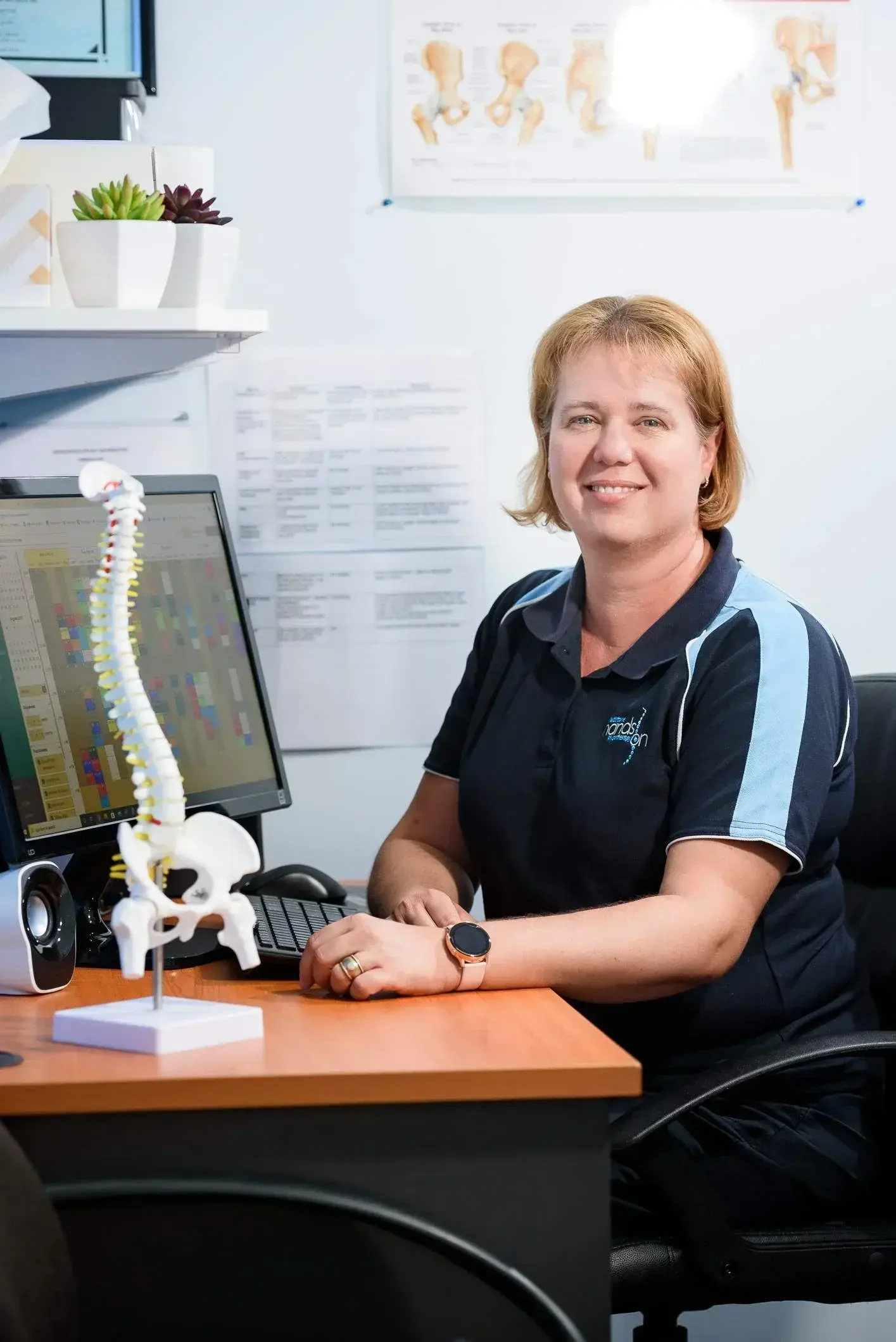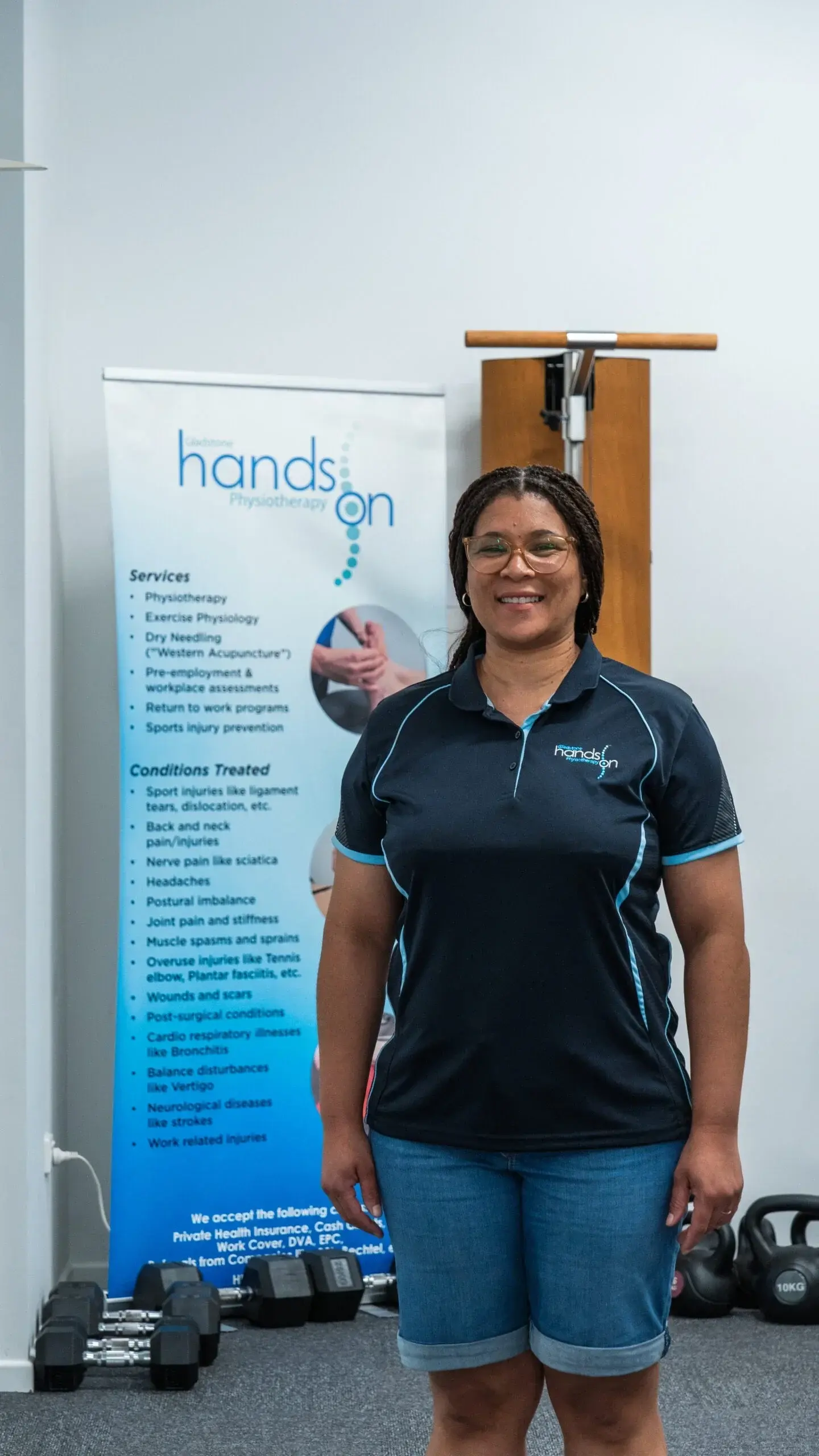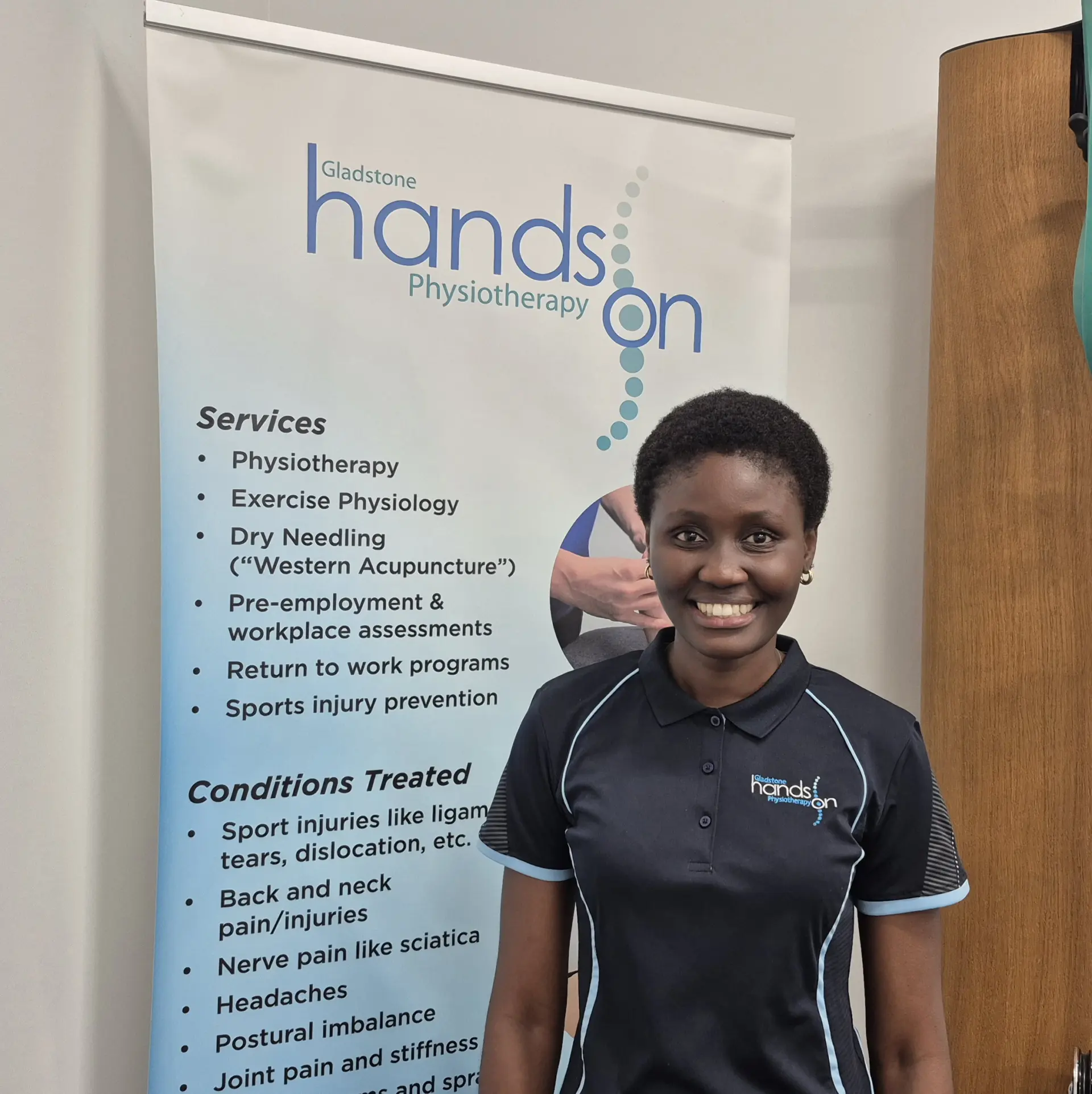What is Laser (Light Amplification by Stimulated Emission of Radiation) Therapy?
Laser is a light source and can be used to enhance the body’s own anti-inflammatory capabilities, reduce pain, and improve healing in the body. The cells within our body can absorb the light energy which leads to an increase in the metabolism of the cell. This leads to a faster rate of moving waste products out of the cell and nutrients into the cell and there for speeding up healing.
What does Laser Therapy do?
Lasers with different wavelengths between 660 nm and 905 nm, have the ability to penetrate skin, and soft/hard tissues, and stimulate the cell’s energy production centre, called the mitochondria, creating more energy, better cell communication, improved tissue growth, enhanced cell nutrition, and extended cell life.
LLLT therefore affects the function of connective tissue cells (fibroblasts), accelerates connective tissue repair and act as an anti-inflammatory agent. It is used to treat various musculoskeletal conditions.
What are the benefits of Laser Therapy?
The effects of the LLLT are significant for physiotherapy and is used for:
- Reduction of inflammation
- Pain relief
- Accelerated tissue regeneration
How long does it take for Laser Therapy to work?
LLLT immediately stimulates cell receptors to increase cell energy production and once one cell is stimulated to create energy, many other cells will also be stimulated to produce more energy. This cascade of events is immediately set into motion.
When do you use Laser Therapy?
Laser can be used immediately following a new injury, to accelerate healing and prevent muscle weakness. This aids in restoring the joint and avoiding further injury.
LLLT should also be used with chronic injuries to reduce pain, to generate energy to the nerves to stimulate the muscles and thereby, improve muscle strength, and increase joint movement.
Is Laser Therapy painful?
No, laser is not painful
Which conditions can be treated with Laser Therapy?
- Osteoarthritis of the knee, hip and ankle
- Rheumatoid arthritis
- Temporomandibular Disorder (TMD)
- Shoulder impingement syndromes
- Hip or shoulder bursitis
- Low back disc degeneration
- Disc herniation
- Sciatica
- Neuropathic pain
- Tendinitis
- Tennis elbow
- Plantar fasciitis
- Reduction of volume and pain in lymphedema
- Sinusitis
- Scar tissue
- Wounds
